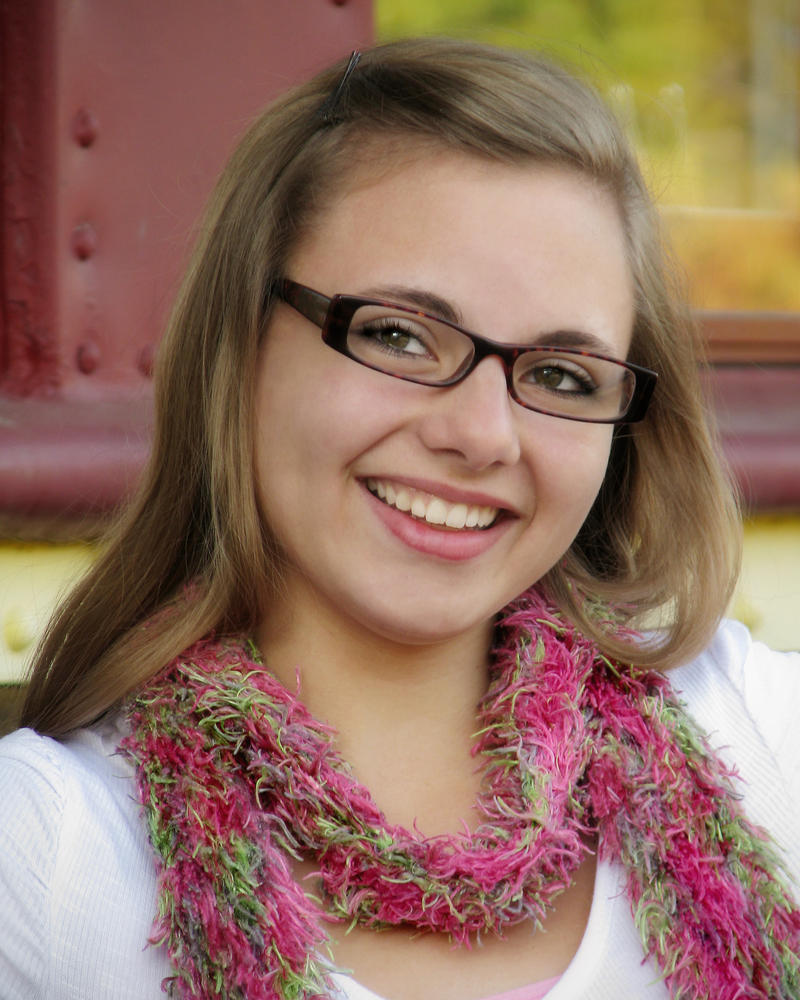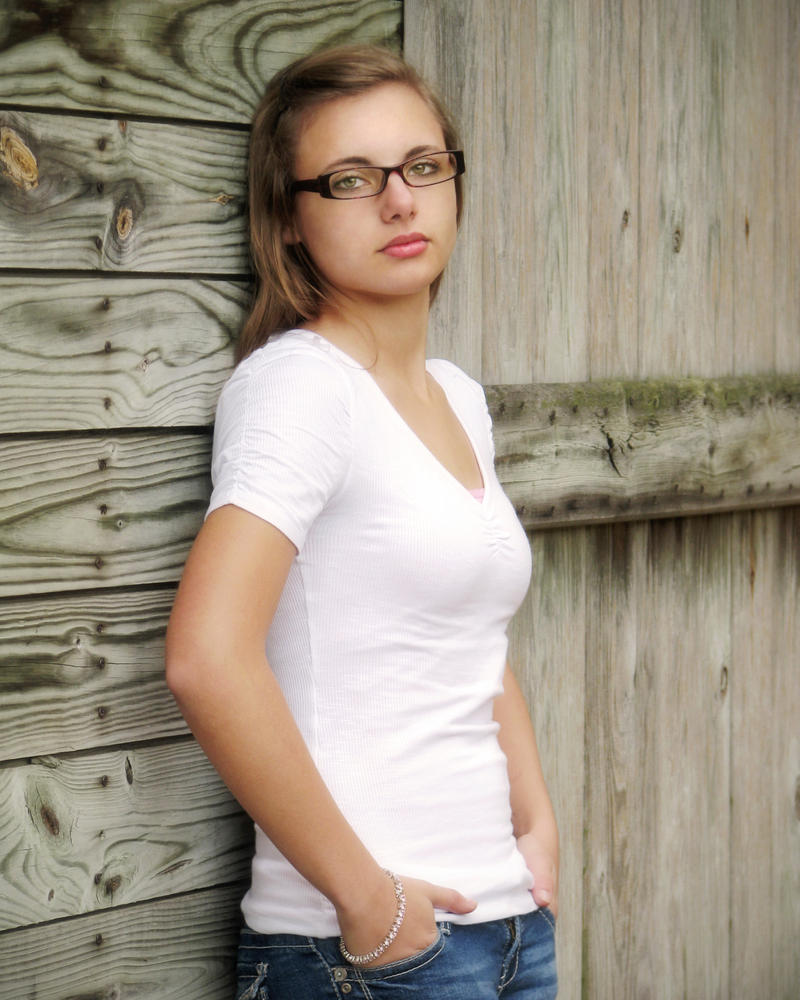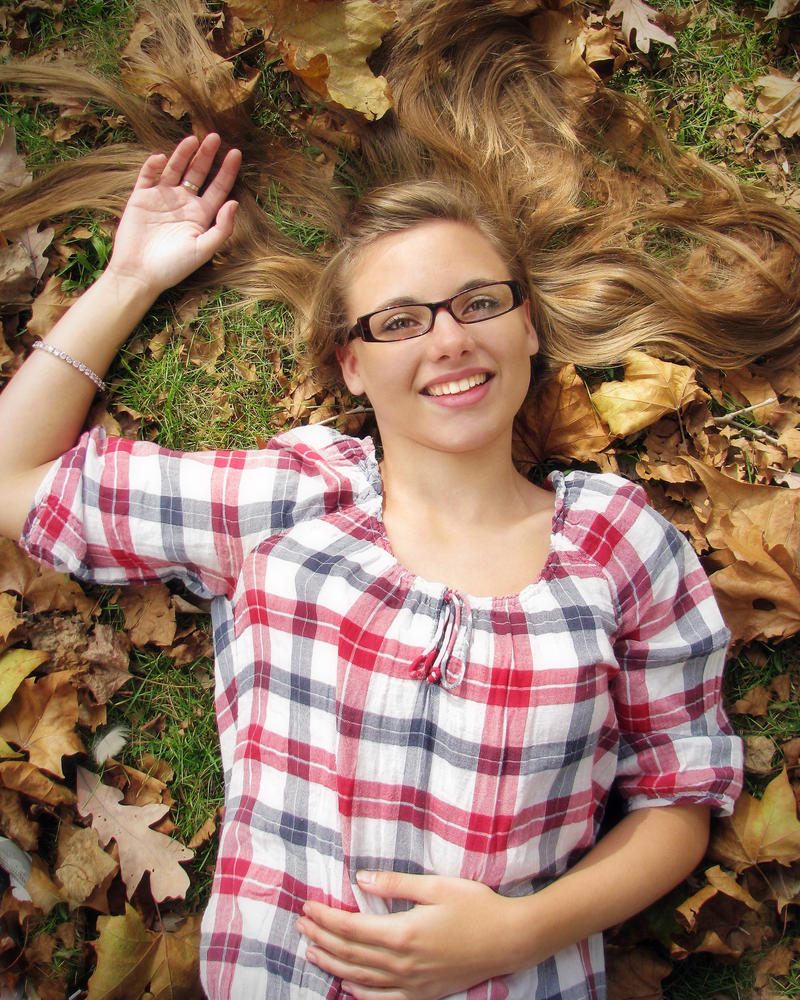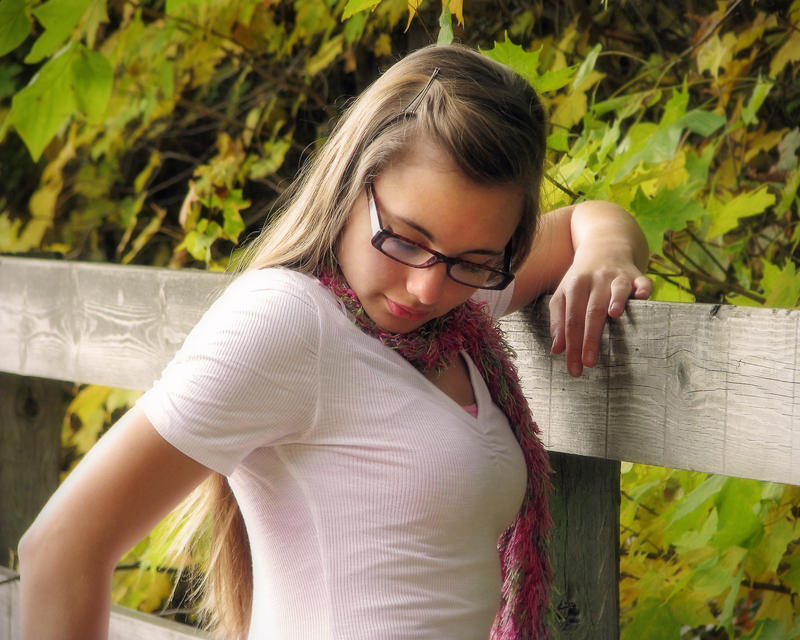Photography
Related: About this forumSenior portraits
We went out last weekend and took my niece's senior pictures.
I'm proud of them and think they are some of the best portraits I've done but I want to learn to do them better and am asking for crits and tips.
Thanks!





Stevenmarc
(4,483 posts)I like #2 and #4 the best since they catching the natural light the best.
The one that doesn't really work is #5 because she looks like she's checking a text and you lose the neck.
Major Nikon
(36,827 posts)The old school way to doing portraits was in the studio with a fairly generic backdrop and 2:1 lighting ratios.
The more modern approach to doing portraits is to get out of the studio (which you have done obviously), and to use more atypical lighting setups. I'm not really sure what you're doing for lighting here. The first shot looks like it was done with an on camera flash for the key with ambient fill (possibly automated by the camera). Some of the others look like they were done with mostly natural light with perhaps a bit of fill flash mounted on the camera.
For women, the rule of thumb is to use a 2:1 lighting ratio, however photography is all about knowing when you can break the rules. The reason 2:1 (or even 1:1) is popular with women is because it tends to minimize facial imperfections. With a young model, this is often not an issue (as it looks like here). A small amount of makeup and/or post processing you can eliminate most or all imperfections (with this model you may not even need to do so) and it doesn't look unnatural if not overly done.
The first tip is to experiment with different lighting ratios. You don't need a sophisticated lighting setup to do this. A single flash (preferably one you can move off camera with a sync cord or wireless triggering) and a reflector is all you need. Simply vary the distance of the reflector to subject to achieve different lighting ratios (for 2:1 it will need to be very close to your subject and small changes in distance will produce large changes in lighting ratios). Also think of the sun as simply one of your lights. Take a normally exposed shot at the f/stop you want to use with no artificial lighting. This will tell you what your ambient level is. From there you can vary your shutter speed to effectively increase or decrease the output of the sun without affecting the light from your strobe. The sun can be used as key, fill, ambient, or accent lighting quite effectively with dramatic results. I sometimes go 8:1 and even higher to achieve dramatic results.
The next tip is subject isolation. Subject isolation is a bit different than depth of field although both are related. Many amateur photographers think in terms of only f/stop only when it comes to subject isolation, but there's a lot more to it. Compare the 1st picture with the 4th picture. The first one looks like you used a wider aperture setting which blurs the background more and gives you better subject isolation. Let's say in the 4th pic you had increased the distance between the subject and the background and used a longer focal length (backing up the camera to achieve more or less the same frame). The background will now tend to go more out of focus giving you better subject isolation. An accent light aimed at the back of the model's head (or using the sun strategically) would also increase subject isolation. Many professional portrait photographers will sometimes use very long lenses (200mm and up) to achieve better subject isolation. This is why my 135mm is my favorite portrait lens with my 70-200mm running a close 2nd. These lenses don't always work too well indoors due to the working distance required, but for outside portraits (which are my favorite anyway) they rock. If you have a Canon or a Nikon, you should be able to rent something like a 70-200 for a day pretty reasonably if you don't have longer focal length lenses.
It looks like you did very well with the poses. The kindle version of this book is free right now. I haven't looked at it yet, but it may give you some ideas and you can't beat the price.
http://www.amazon.com/gp/product/B00E3J9Y6A
Sherman A1
(38,958 posts)she and her parents happy with them? If so, then you have a victory!
I think they look great and I hope you both had a good time doing them (excellent posing btw). I did Senior & Prom photos for a friend's Niece (Single Mom with 3 kids, a strained budget and I work for Free) this past Spring and got a few good ones along with a bunch of just okay and some really bad shots, but I just took lots of pictures and got lucky. ![]()